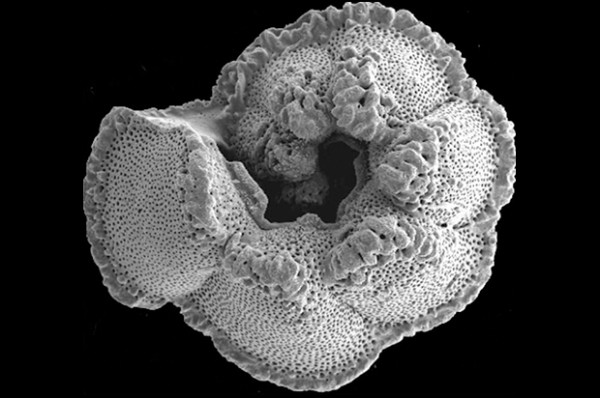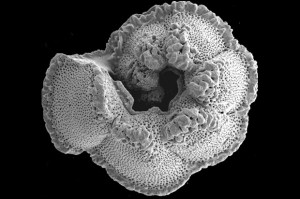Studies by Varekamp, Thomas Published in Paleoceanography



Wesleyan faculty Joop Varekamp and Ellen Thomas are among the authors of a paper on rates of sea-level rise along the eastern U.S. seaboard titled “Late Holocene sea level variability and Atlantic Meridional Overturning Circulation,” published in the journal Paleoceanography, Volume 29, Issue 8, pages 765–777 in August 2014. Varekamp is the Harold T. Stearns Professor of Earth Science, professor of earth and environmental sciences and professor of environmental studies. Thomas is research professor of earth and environmental sciences at Wesleyan, and also a senior research scientist in geology and geophysics at Yale University.

Pre-20th century sea level variability remains poorly understood due to limits of tide gauge records, low temporal resolution of tidal marsh records, and regional anomalies caused by dynamic ocean processes, notably multidecadal changes in Atlantic Meridional Overturning Circulation (AMOC). In the study, Varekamp and Thomas examined sea level and circulation variability along the eastern United States over the last 2,000 years, using a sea level curve constructed from proxy sea surface temperature records from Chesapeake Bay, and 20th century sea level-sea surface temperature relations derived from tide gauges and instrumental sea surface temperatures.
Thomas also is a co-author of a paper titled ‘I/Ca evidence for upper ocean deoxygenation during the PETM‘ published in the Paleoceanography, October 2014.
In this paper, Thomas suggests that the Paleocene-Eocene Thermal Maximum (PETM), a potential analog for present and future global warming, may help in such forecasting future deoxygenation and its effects on oceanic biota. Forecasting the geographical and bathymetric extent, rate and intensity of future deoxygenation and its effects on oceanic biota, however, remains highly challenging because of the complex feedbacks in the Earth-ocean biota system. In this study, she applies a novel proxy for paleoredox conditions, the iodine to calcium ratio (I/Ca) in bulk coarse fraction sediment and planktonic foraminiferal tests from pelagic sites in different oceans, and compared a reconstruction with modeled oxygen levels. The reconstructed iodate gradients indicate that deoxygenation occurred in the upper water column in the Atlantic, Indian Oceans, and possibly the Pacific Ocean.
Thomas and Syracuse University graduate student Xiaoli Xhou co-athored a press release on the article at Syracuse, published a press release on the article online here.
In addition, Thomas is a co-author of a paper titled “Benthic foraminiferal response to the Middle Eocene Climatic Optimum (MECO) in the South-Eastern Atlantic (ODP Site 1263),” published in the journal Palaeogeography, Palaeoclimatology, Palaeoecology. The paper was co-authored by Flavia Boscolo-Galazzo and Luca Giusberti. Flavia is a Ph.D. student at the University of Padova, Italy, who is supervised by Thomas and Luca.

